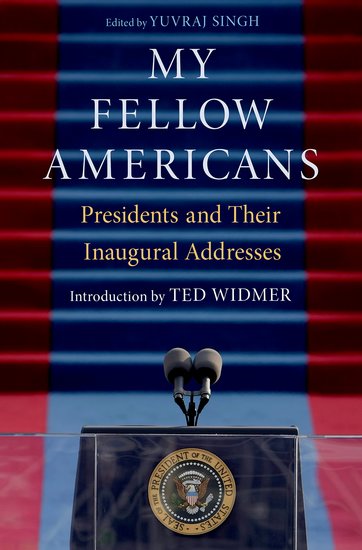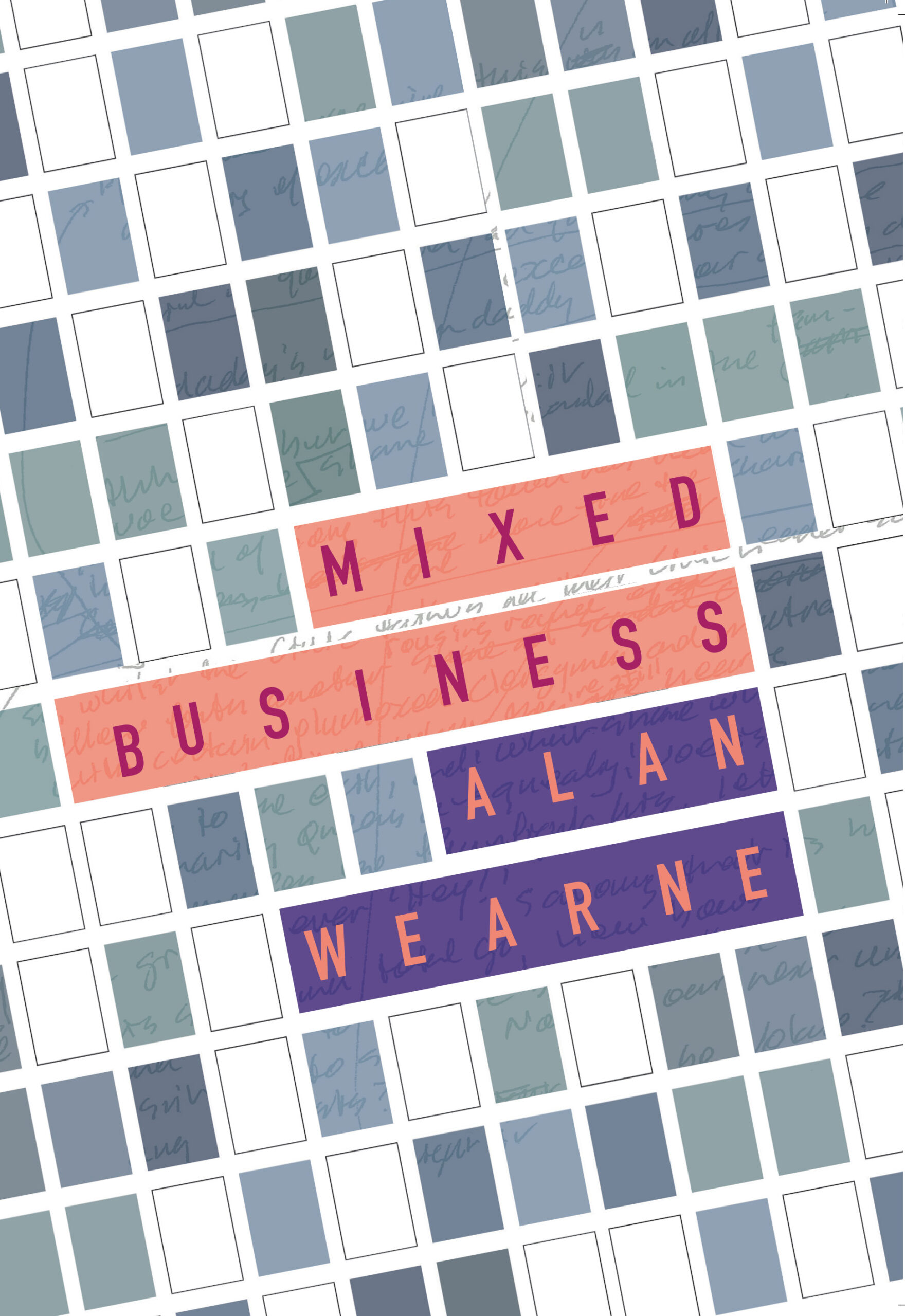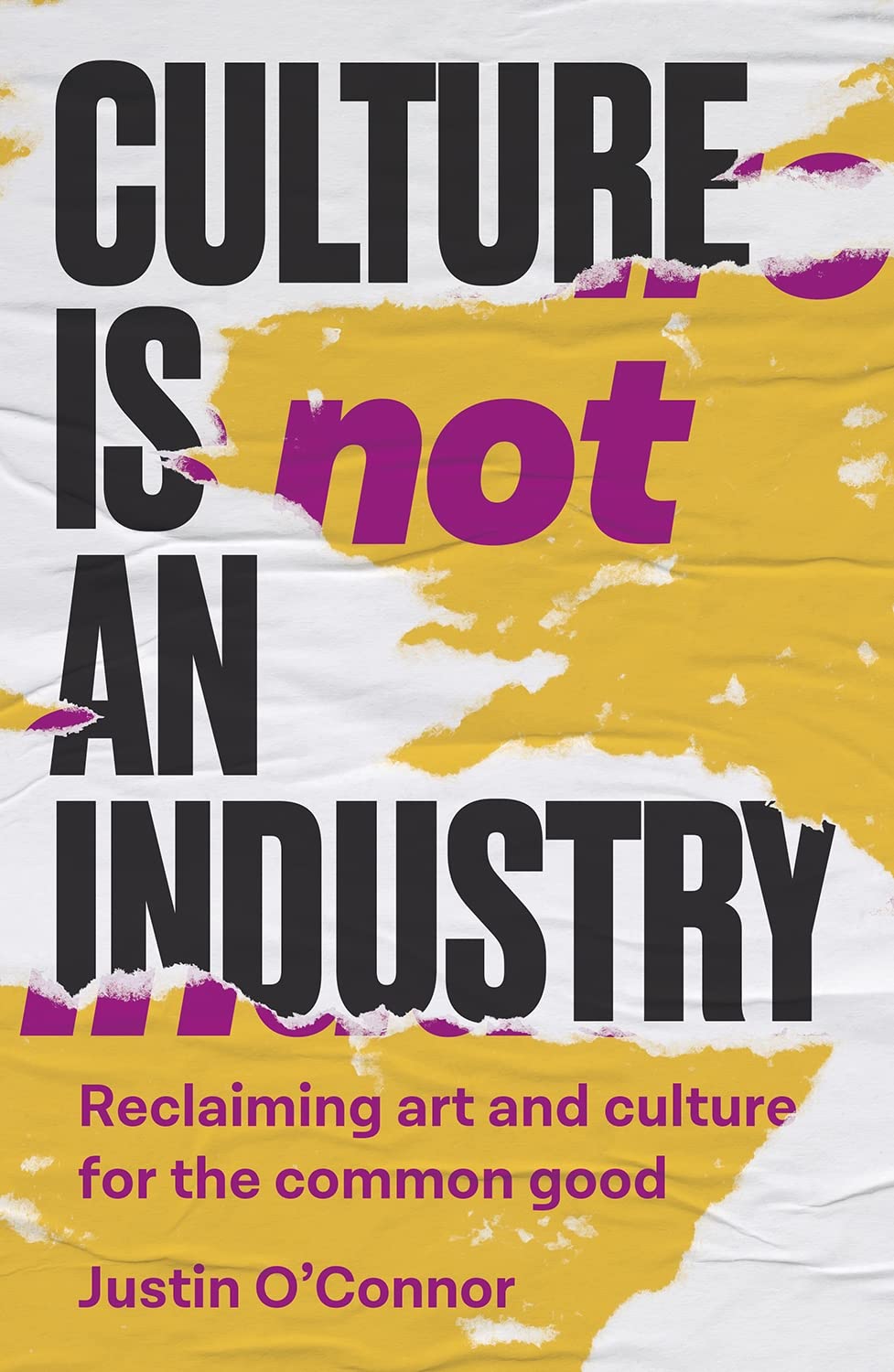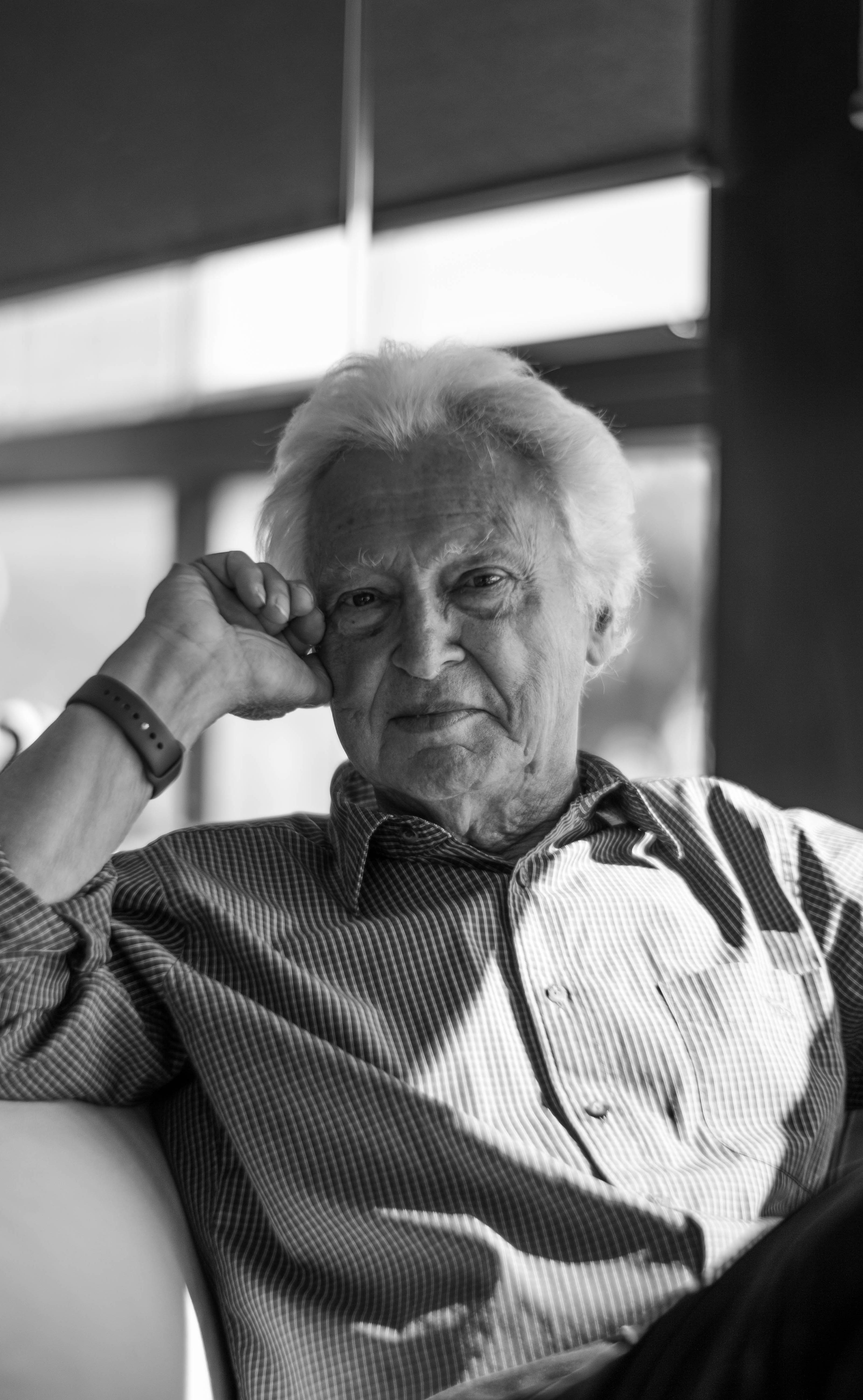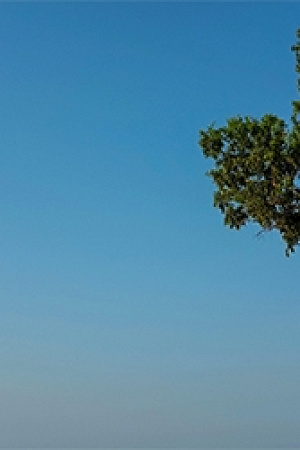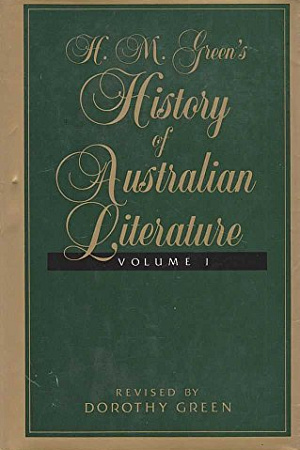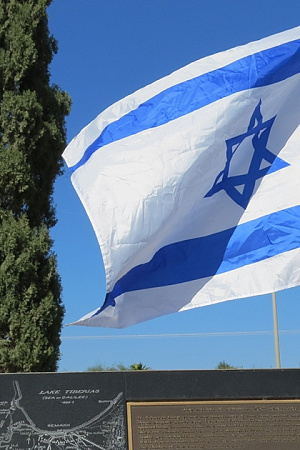Australian literature and the missing body
The physiotherapist I saw for a pinched nerve in my back not long ago turned out to be an avid reader of fiction. She would work her way through the Booker shortlist each year. But she wouldn’t read Australian novels. As she pummelled my knotted flesh, I wondered if this was the right moment to admit that I was a person who wrote such things. She explained that, having moved to Australia from South Korea as a twelve-year-old, she had been made to write essays at school about a book called A Fortunate Life that she found as painful as I was finding her pressure on my spine.
A.B. Facey’s A Fortunate Life, published in 1981, was the success story of Australian publishing a generation ago, with sales for Penguin Australia of more than half a million copies. The memoir of a Western Australian boy who went to work at the age of eight, survived Gallipoli and came home to a struggling life as farmer and unionist was iconic of an ordinary sort of fortune plainly told. But its lesson was aversion therapy for this smart young Korean Australian finding her way through high-school English in a Sydney suburb. I urged her to try something different, recommending last year’s Booker winner, The White Tiger, by Aravind Adiga, as another kind of Australian literature. The author finished his high school at James Ruse, Parramatta, and his biography acknowledges Australia as one of his domiciles. She liked that one.
Continue reading for only $10 per month. Subscribe and gain full access to Australian Book Review. Already a subscriber? Sign in. If you need assistance, feel free to contact us.

